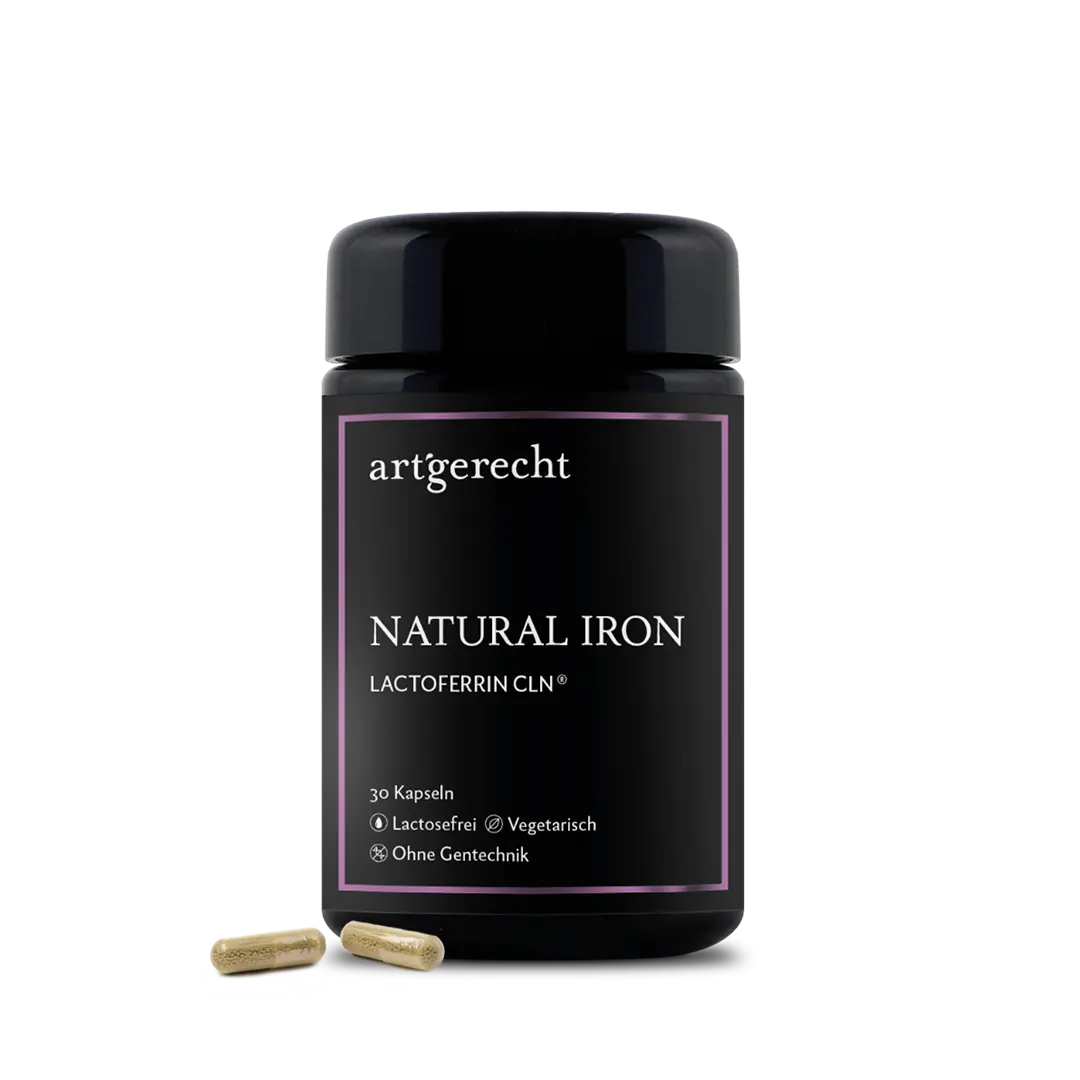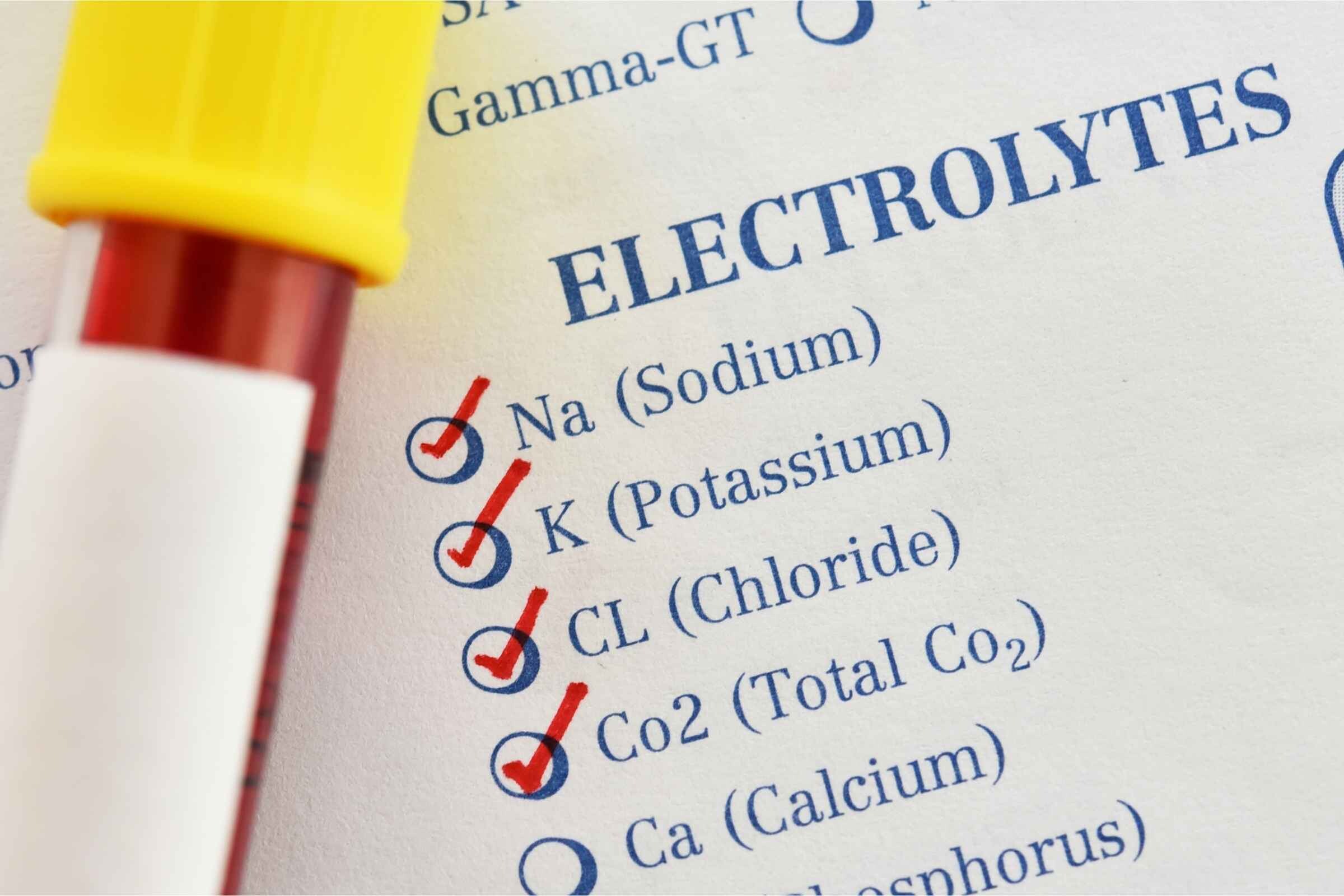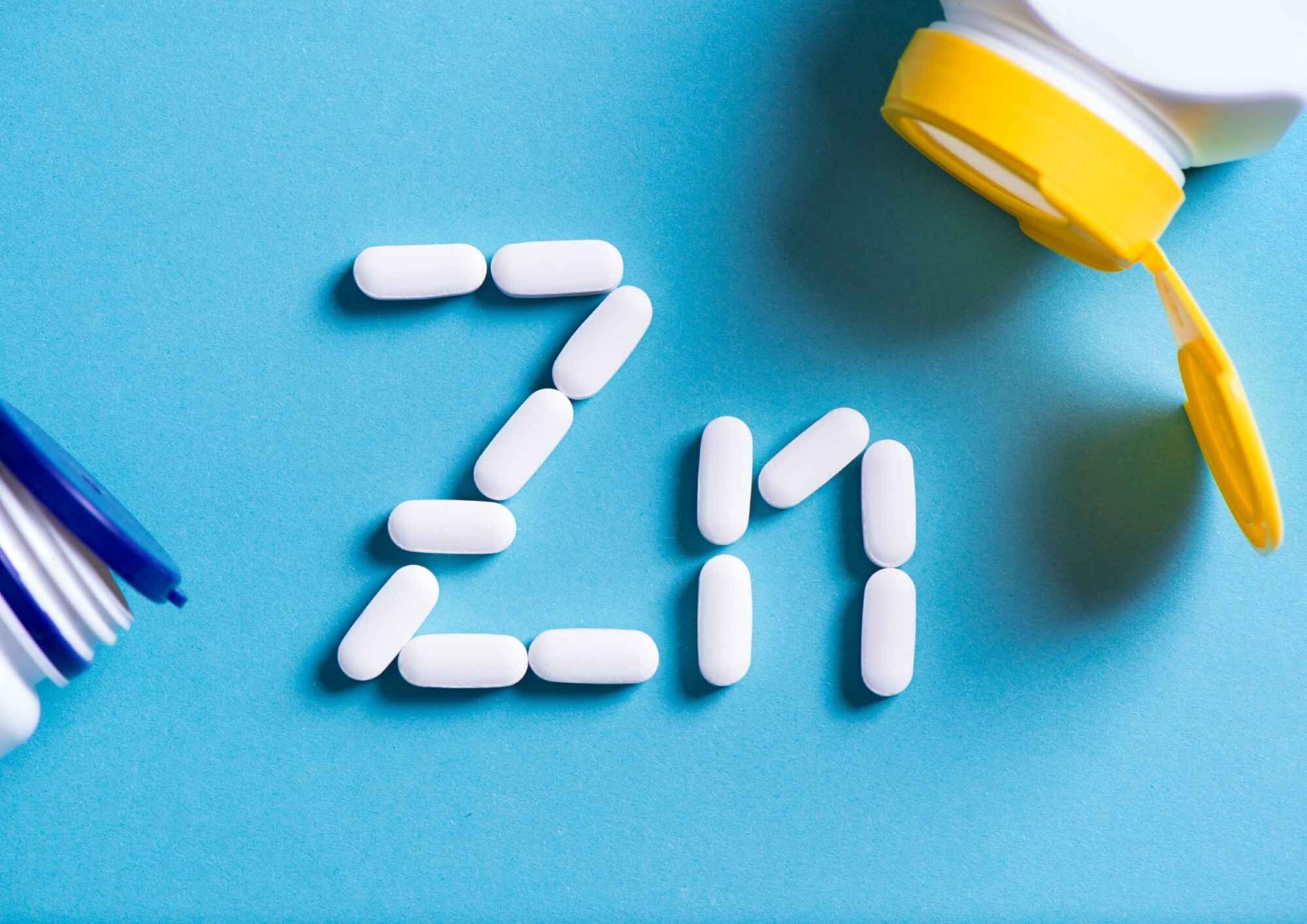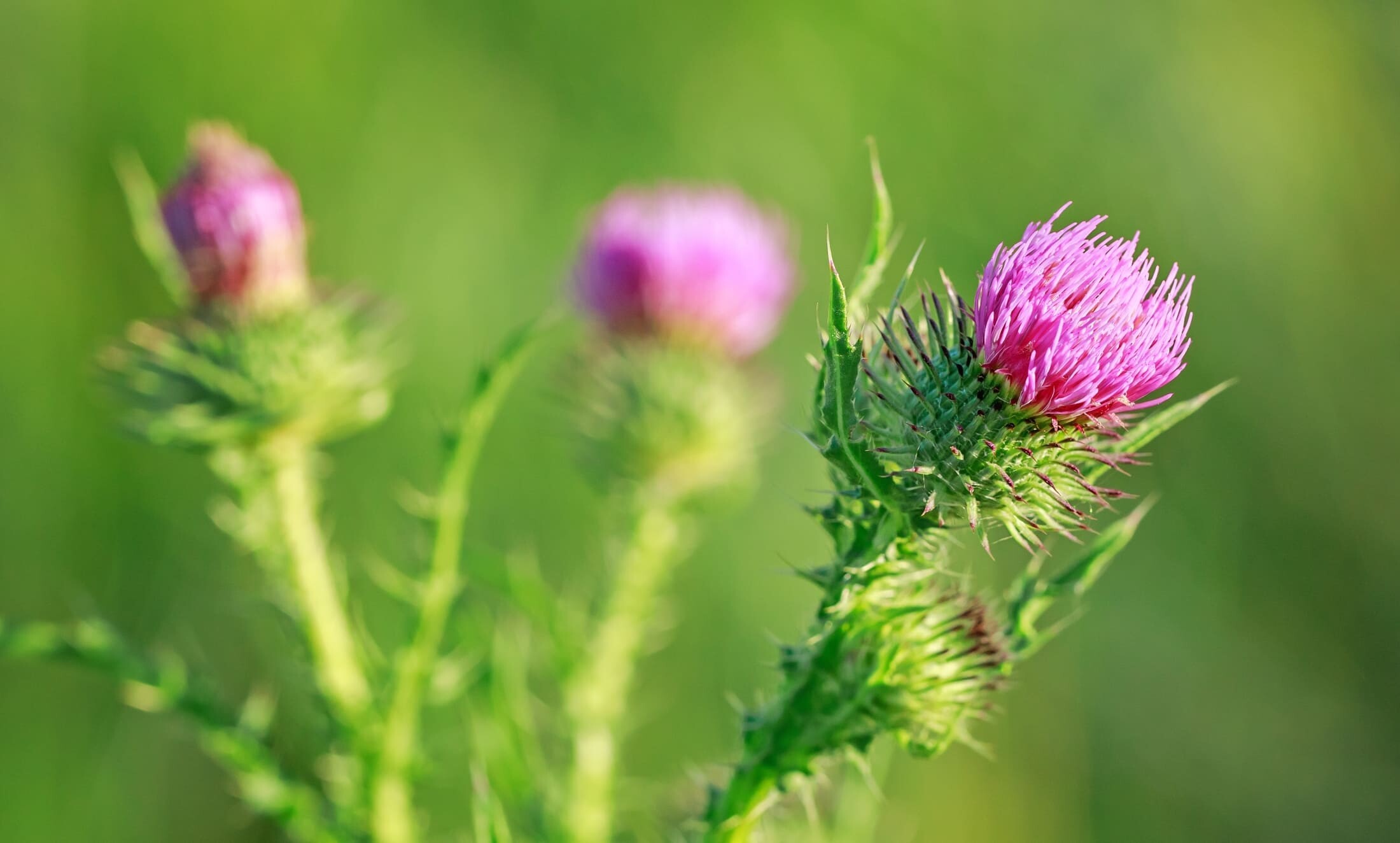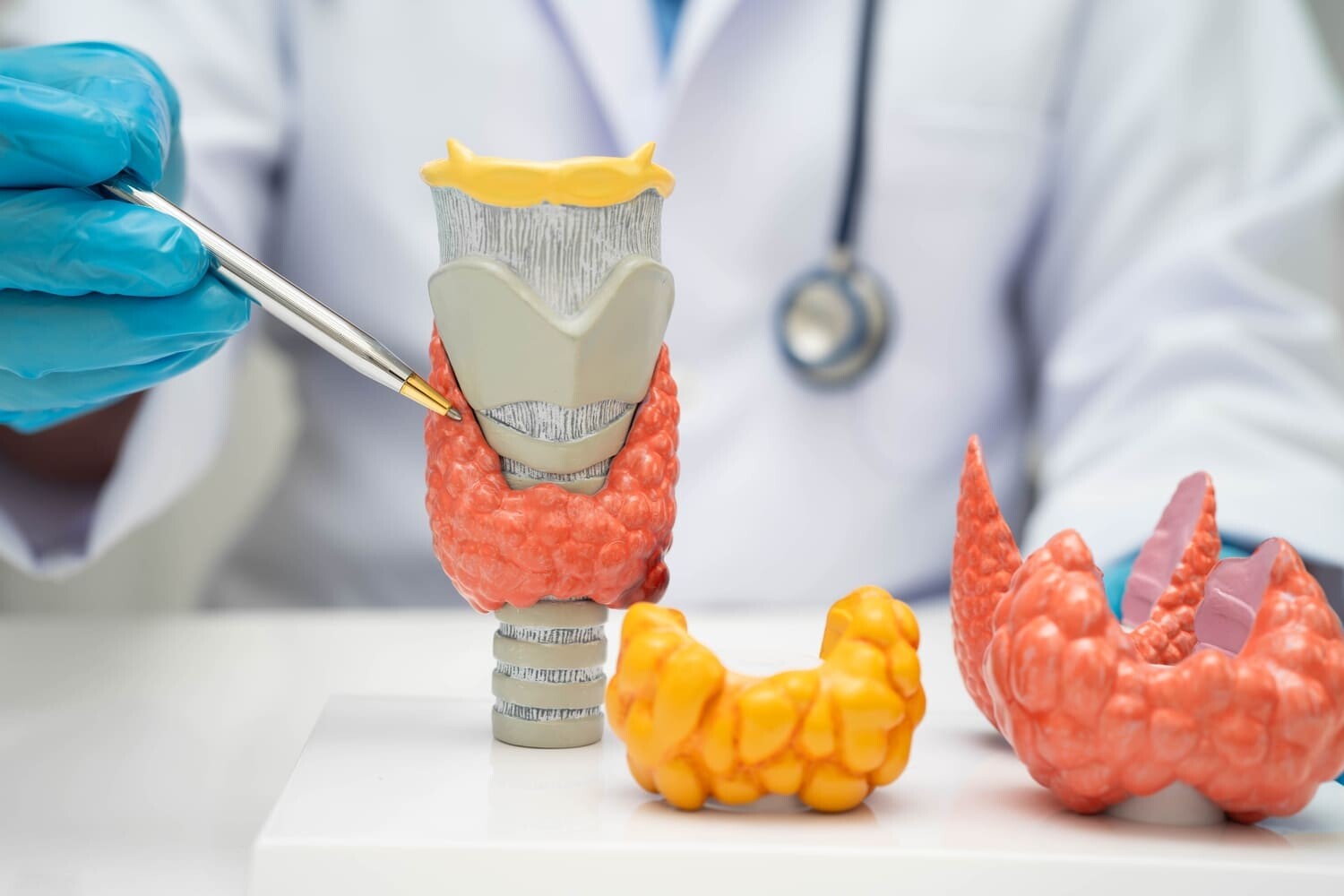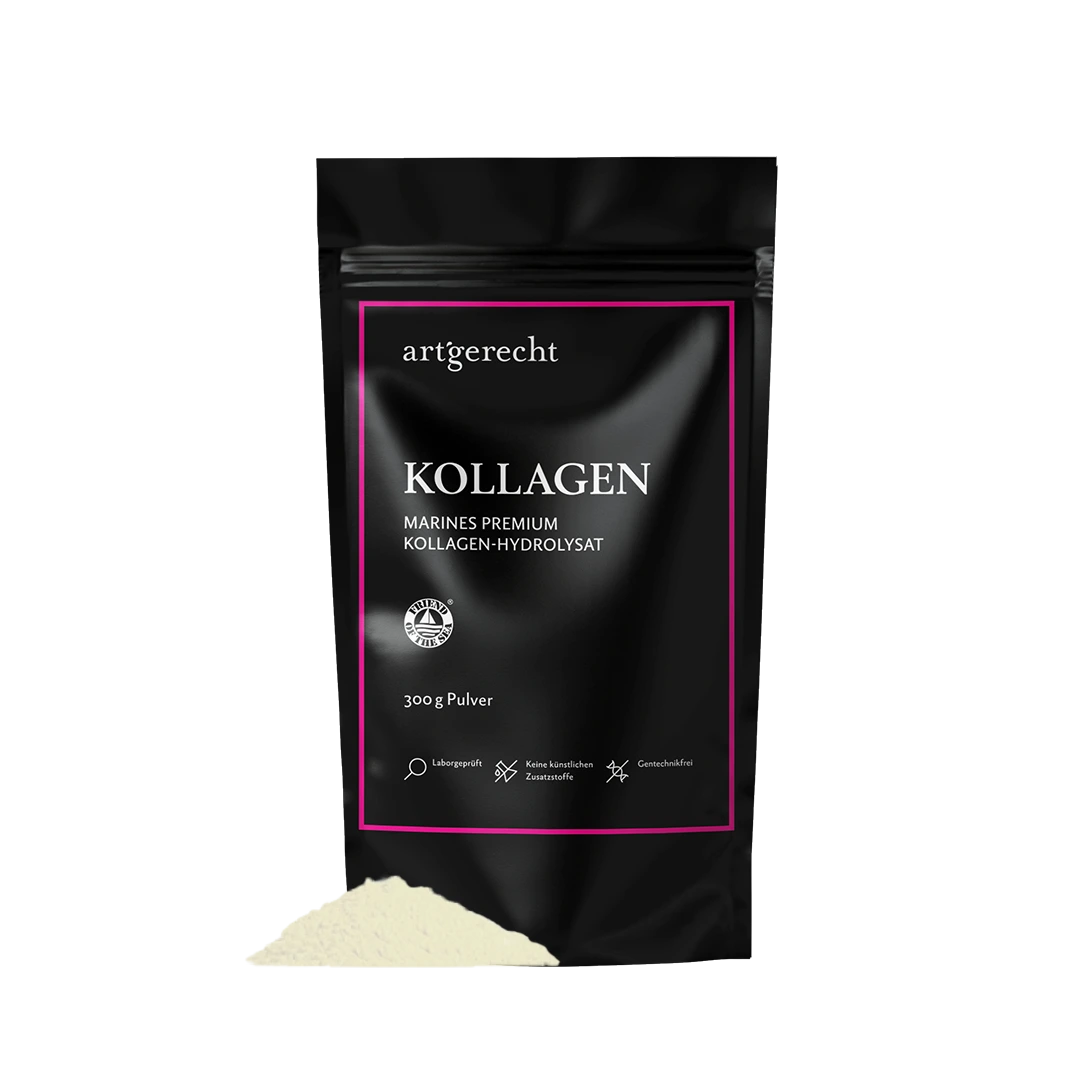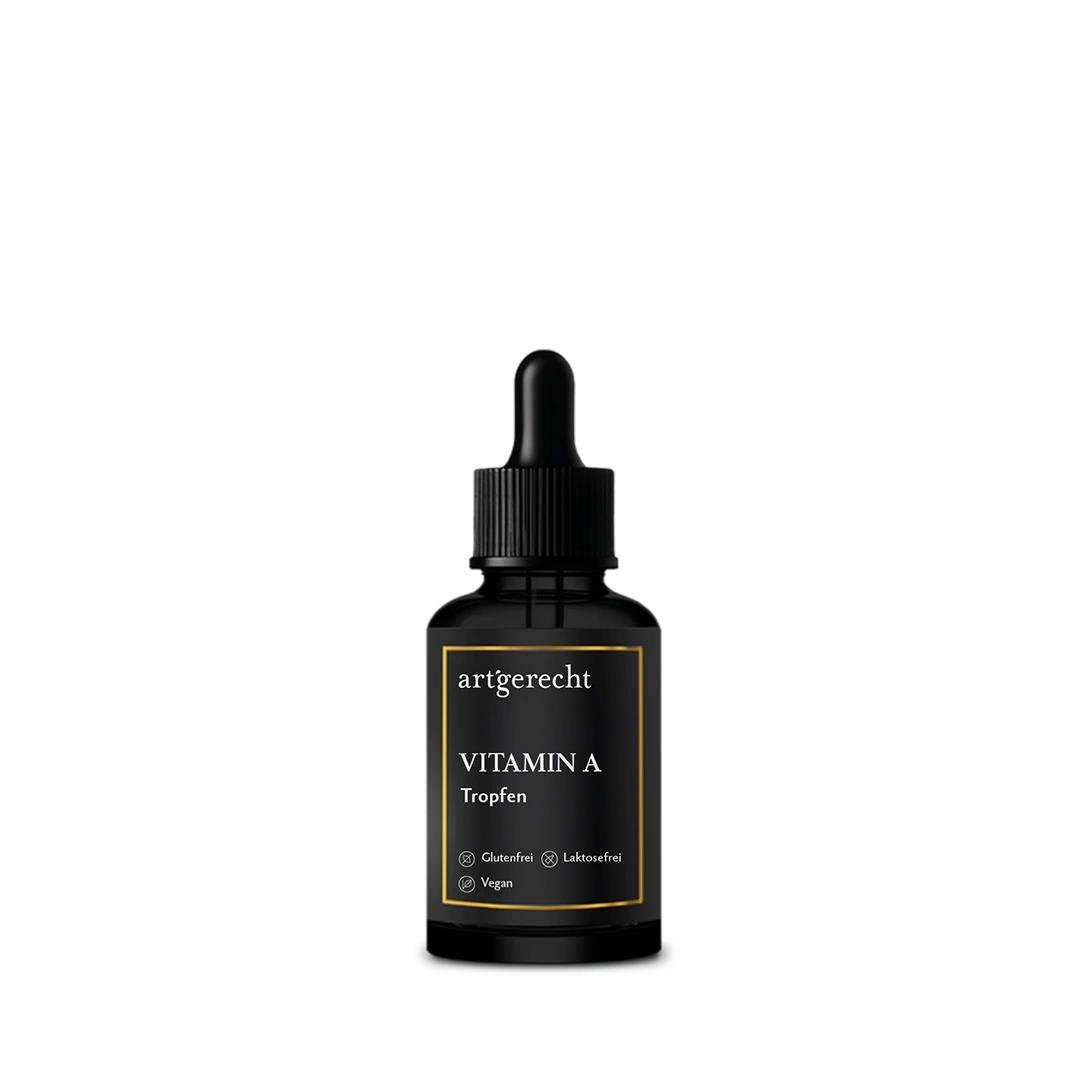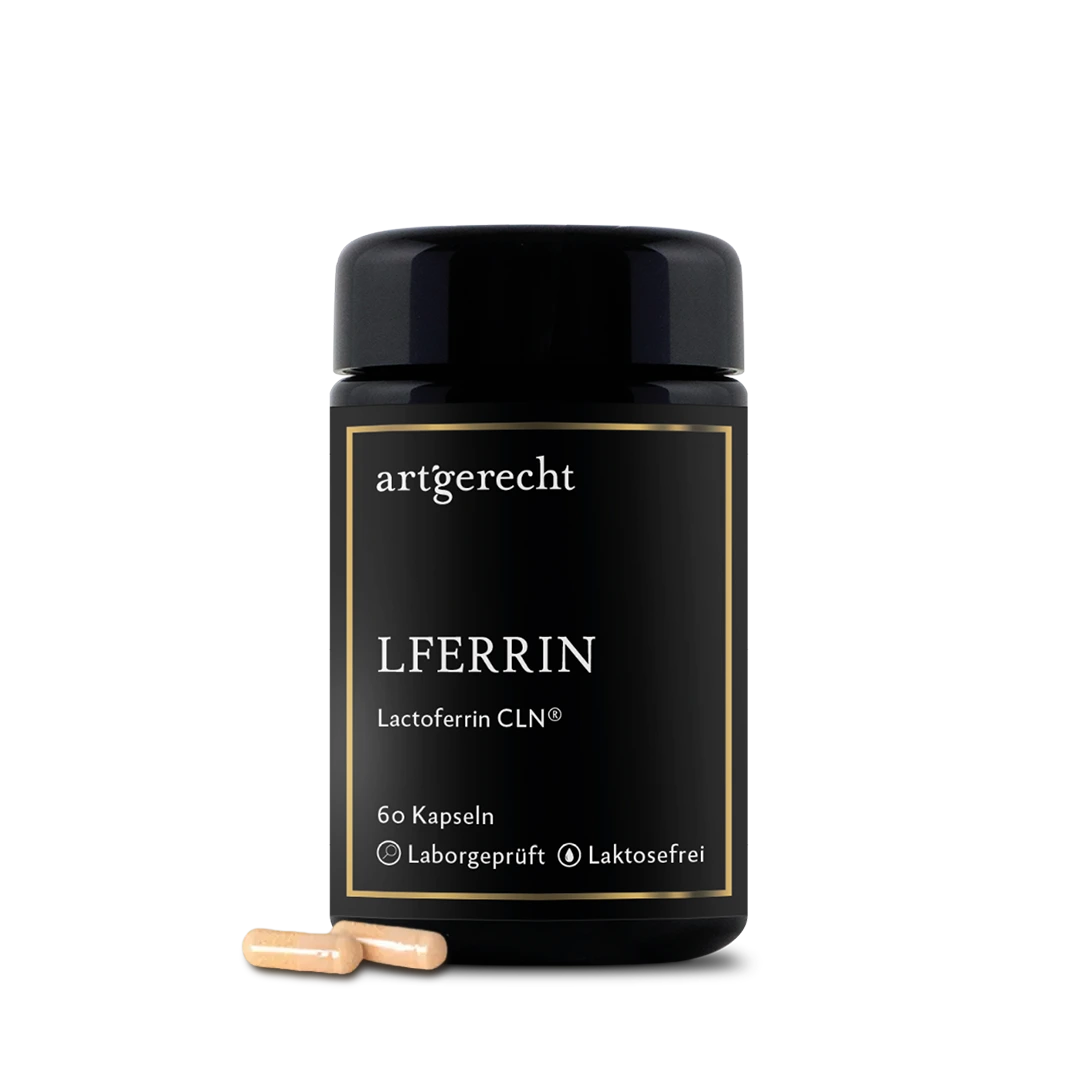- Why do we need iron?
- How high is our iron requirement?
- The importance of iron in sport
- What causes iron loss in sport?
- How does iron deficiency occur?
- Effects of iron deficiency in sport
- Which sport is best suited for nutrition training?
- What can you do? Measures against iron deficiency
- Support through an iron-rich diet
- Support through supplementation
- Literature:
Iron is the most common trace element in the body and is closely linked to our energy balance and therefore also our performance. Although most athletes live a healthy life and exercise a lot, iron deficiency is not a rare problem, especially among female athletes. But as an athlete, how can you recognize a deficiency and how can you create the right balance?
Why do we need iron?
Iron is one of the trace elements in the human body. As an oxygen-binding element in the red blood pigment hemoglobin, it serves to distribute the oxygen absorbed in the red blood cells throughout the entire organism via the air we breathe. It also acts as a cofactor for many reactions and for energy production in mitochondria. Ultimately, the entire energy metabolism is dependent on an adequate supply of iron. A shift in the iron balance therefore also leads to reduced energy supply [1], which in turn affects performance.
The iron metabolism, which describes the absorption, regulation and transport of the trace element, represents a major challenge in contrast to minerals such as calcium and sodium.e.g. calcium and sodium, represents a special feature in our body. This is because iron cannot be actively excreted and is therefore essentially controlled by absorption and its regulation [2].
How high is our iron requirement?
There are around 4-5g of iron in the human body. The losses that occur during the day in healthy people of approx. 0.5-1.5 mg/day can normally be covered by the diet, despite the low intake rate of 6% (men) to 12% (women) [3].
In order to make a concrete statement about the iron balance, a blood test is necessary. Here, the so-called ferritin–value is determined. This iron storage value provides information about the current status of the iron balance in the body and is based on a scale:
The importance of iron in sport
The information on optimal iron storage values often differs, so that a general recommendation is sometimes given different names. Based on the minimum values for iron stores in sport, these are for athletes at least 50 mg/l [4] (micrograms/liter). But even here, deficiency symptoms may already be evident [5]. There appears to be a connection between the time spent exercising and the iron storage value: The longer the exercise duration of training and competition per week, the lower the iron storage value. This is particularly evident in female athletes [6], which is presumably due to the increased consumption, loss and reduced absorption of iron.
However, a serum ferritin value is not sufficient as the sole parameter to make a clear statement about the iron balance in the organism. This value is significantly elevated in chronic liver diseases and acute infections in particular, which means that an iron deficiency may even be overlooked [7]. In the more complex differentiated laboratory diagnostics, various laboratory parameters are used. Important here are:
- Hämoglobin – the red blood pigment or the so-called blood iron,
- the transport iron, the transferrin and its saturation,
- the volume of the red blood cells and the Hämoglobin content.
Only in the totality can a statement be made about the iron balance and possible deficiency symptoms.
.What causes iron loss in sport?
- High muscular strain (microtraumas) and sweating
- Persistent strain and a lack of regeneration mean constant stress for our organism and worsen iron loss;for our organism and impair iron absorption via the intestines
- Certain diets, including not eating meat, can promote iron deficiency
How does iron deficiency occur?
The most widespread and most common cause of iron deficiency worldwide is a nutritional deficiency[8]. Interestingly, it is not only „non-industrialized countries“ that are affected, but also western industrialized nations across all age groups. About a quarter of the world's population suffers from iron deficiency anaemia, i.e. a form of anaemia caused by a lack of iron. Preschool children are most commonly affected, at just over 47%; adult men, on the other hand, are the least affected, at just under 13% [9].
Risk groups
In addition to children, women in particular have an increased risk. For example, due to increased iron loss during menstruation and increased iron consumption during pregnancy and breastfeeding. However, deficiency symptoms can also occur in athletes, older people or people with a diet low in iron and vitamin C. Certain gastrointestinal diseases also make it more difficult to absorb iron.
Insufficient iron absorption capacity
If the cause of the iron deficiency is not nutritional, it may also be due to insufficient iron absorption capacity. The absorption rate is regulated by the body itself and can be inhibited under certain circumstances:
In an inflammatory situation, immune cells release an increased amount of inflammatory messenger substances (cytokines). The cytokines travel through the blood circulation to the liver, where they stimulate the production and secretion of hepcidin. Hepcidin is a peptide (a type of protein) that has the task of regulating or inhibiting the absorption of iron. It does this by binding to the so-called ferroportin channel. This channel is responsible for exporting iron from intestinal epithelial cells and immune cells into the bloodstream. Due to the binding of hepcidin to ferroportin, the iron remains in the cells without being able to be used for further metabolic processes [10].From branches of research such as psychoneuroimmunology and stress research, it is known that different influences can activate the immune system [11]. These include:
Lifestyle factors
- Pro-inflammatory diet (e.g. high amounts of sugar and carbohydrates from grains)
- Lack of exercise
- Too much exercise
- Lack of sleep
- Environmental toxins etc.
- Stress, acute and chronic
These activations are also known as low-grade inflammatory situations./strong>, which do not result in an acute infection, but rather a chronic activity of the immune system. Low-grade inflammation is associated with numerous non-infectious, chronic and degenerative diseases of civilization [12]. Furthermore, a permanent low activation of the immune system also results in a chronic distribution disorder of iron, which can also lead to inflammation-related iron deficiency symptoms [13].
Effects of iron deficiency in sport
The sometimes quite high physical stress in sport also changes the body's need for micronutrients. As iron is very closely linked to energy metabolism in the mitochondria, an iron deficiency has a clear impact on performance and manifests itself in symptoms such as:
- Fatigue and low endurance performance, „performance slump“
- Pale mucous membranes and/or pale skin
- General fatigue or rapid fatigue when exercising
- Slow concentration
- Infection susceptibility
- White grooves on the fingers or brownish nails
- Increased hair loss
- Torn corners of the mouth
- Headaches
- Dizziness
Which sport is best suited for nutrition training?
- Basically, endurance sports, such as running or cycling, are very suitable for training sessions on an empty stomach.
- If you primarily want to reduce fat deposits on your stomach, i.e. the visceral fat reserves, it is best to train moderately, but for a few hours at a time. For example, longer hikes through nature are good for body and mind alike and are effective. Of course, such long exercise sessions don't have to take place every day.
- Strength training to strengthen the muscles is of course also possible, but at a lower intensity.
- Morning High Intensity Interval Training (HIIT), i.e. short, intensive units and exercises, are also well suited, as the body goes straight into increased fat burning. Here, too, the following applies: approach with caution and listen to your own body.
Important: In case of dizziness, palpitations or exhaustion, be sure to take a break during your workout and be more careful next time. It is not healthy and will not lead to success if you overstrain your body.
What can you do? Measures against iron deficiency
In order to prevent or counteract an iron deficiency, a balanced diet is the top priority. Every food contains iron in varying amounts. However, the different forms of storage in foods also result in different bioavailability: Free iron can be absorbed more poorly compared to iron (from meat and sausage) or proteins contained in breast milk, such as lactoferrin.
But the composition and ingredients of food can also have a significant impact on iron absorption: According to this, various plant substances such as phytates or polyphenols, especially in black tea and coffee, can have a negative effect on iron absorption. The same applies to calcium, e.g. from milk. The combination of plant-based iron with ascorbic acid (vitamin C), on the other hand, improves absorption[14].
Support through an iron-rich diet
We can specifically support the daily iron requirement with a healthy diet. Here is our species-appropriate recommendation for particularly iron-rich foods:
- Certain spices, such as cardamom, spearmint or parsley
- . Cardamom, spearmint or parsley
- Meat, especially red meat and liver (especially duck and veal liver)
- Fish and seafood
- Fish and seafood, such as oysters, crab, lobster or perch
- ;such as oysters, crab, lobster or perch
- Eggs
- Vegetables, such as spinach, broccoli, Brussels sprouts, mushrooms or porcini mushrooms
- Fruits, e.g. redcurrants, mulberries and cranberries. e.g. currants, mango or avocado
- Almonds and coconut raisins
- Dried apricots, figs and apples
- Raisins and dates
Support through supplementation
If the iron requirement cannot be met through the diet, supplementation makes medical sense. However, many iron supplements have unpleasant side effects. Frequent are gastrointestinal complaints, with various symptoms such as constipation, nausea, diarrhea, abdominal pain, vomiting, heartburn or dark stools [15]. In this respect, it is also important to check which preparation is sensible and tolerable.
Improved iron absorption with the help of lactoferrin
Scientific studies are now looking at new ways of treating iron deficiency. They are based on the consideration of physiological metabolic processes of the iron balance and systemic processes in the organism. Particular attention is paid to lactoferrin, an iron-binding protein that can be formed by immune cells and glandular cells in our body. It belongs to the group of transferrins, which means that it binds and redistributes iron very well and can therefore influence the iron balance [16]. As an immune protein, lactoferrin can also support the defence against infections[17].
.Lactoferrin is found in large quantities in human breast milk. However, all other mammals also produce it in their breast milk. Structurally, lactoferrin from cow's milk is almost identical to human lactoferrin [18]. Extraction from cow's milk is nowadays a common method of making it available to us humans in larger quantities for therapeutic purposes. Due to the diverse properties of lactoferrin and the high reactivity of the molecule, purification is of major importance. This allows the functionality and bioavailability in the human body to be optimized [19].
.Literature:
- Oexle H. et al: Iron-dependent changes in cellular energy metabolism: influence on citric acid cycle and oxidativephosphorylation. Biochimica et Biophysica Acta 1413 (1999) 99^107
- Vaulont, S. et al: Of mice and men: The iron age. J Clin Invest. 2005;115(8):2079-2082
- Kaltwasser, J. P. & Braner, A.: Iron deficiency and other hypoproliferative anämias. Harrison's Internal Medicine. Berlin 2003. p. 733
- Clénin G. et al: (2015). Iron deficiency in sports – definition, influence on performance and therapy. Swiss Medical Weekly.
- Schaub et al: Iron deficiency without anämia. Österreichische Ärztezeitung 2008
- Ostojic et. Al.: Weekly training volume and hematological status in female top-level athletes. The Journal of Sports Meidcine and Physical Fitness. 2008.
- Koperdanova, M., O Cullis, J.: Interpreting raised serum ferritin levels. BMJ 2015;351
- WHO (2001): Iron Deficiency Anaemia Assessment, Prevention, and Control – A guide for program managers
- Durrani, A. M.: Prevalence of Anemia in Adolescents: A Challenge to the Global Health. Acta Scientific Nutritional Health 2.4 (2018): 24-27.
- Cherayil, B.J.: Iron and Immunity: Immunological Consequences of Iron Deficiency and Overload. Arch. Immunol. Ther. Exp. (2010) 58:407–415
- Rohleder, N.: Stimulation of Systemic Low-Grade Inflammation by Psychosocial Stress. Psychosomatic Medicine 76:181Y189 (2014)
- Liu, Y.Z. et al: Inflammation: The Common Pathway of Stress-Related Diseases. Frontiers in Human Neuroscience. June 2017 | Volume 11 | Article 316
- Ganz, T. & Nemeth, E.: Iron imports. IV. Hepcidin and regulation of body iron metabolism. Am J Physiol Gastrointest Liver Physiol 290: G199 –G203, 2006
- Zijp, I.M. et al: Effect of Tea and Other Dietary Factors on Iron Absorption. Critical Reviews in Food Science and Nutrition, 40(5):371–398 (2000)
- Tolkien, Z. et al: Ferrous Sulfate Supplementation Causes Significant Gastrointestinal Side-Effects in Adults: A Systematic Review and Meta- Analysis. POLS One 2015.
- Pauline P. Ward & Oria M. Conneely: Lactoferrin: Role in iron homeostasis and host defense against microbial infection. BioMetals17: 203–208, 2004.
- Chen, P W, Y W Ku, and F Y Chu. 2014. “Influence of Bovine Lactoferrin on the Growth of Selected Probiotic Bacteria under Aerobic Conditions.” Biometals : an international journal on the role of metal ions in biology, biochemistry, and medicine 27(5): 905–14.
- Valenti P, Antonini G. Lactoferrin: an important host defense against microbial and viral attack. Cell Mol Life Sci (2005) 62:2576–87.
- Moradian, F.: Lactoferrin, Isolation,Purification and antimicrobial effects. Journal of Mazandaran University of Medical Sciences · August 2011


